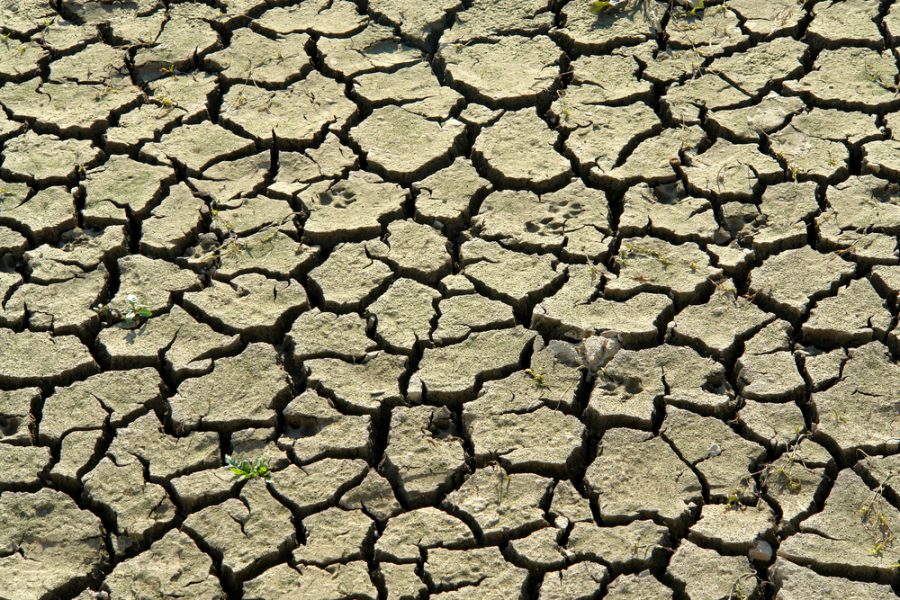California’s man-made drought will become permanent in 2022, the year that “guidelines for efficient water use” must be in place to comply with a couple of bills signed in late May by Gov. Jerry Brown.
The main provisions of Senate Bill 606 and Assembly Bill 1668 are, according to the governor’s office:
- “Establishing an indoor, per-person water use goal of 55 gallons per day until 2025, 52.5 gallons from 2025 to 2030 and 50 gallons beginning in 2030.
- “Creating incentives for water suppliers to recycle water.
- “Requiring both urban and agricultural water suppliers to set annual water budgets and prepare for drought.”
The Mercury News reported that “the new laws make it likely that water agencies will need to offer more rebates for homeowners and business owners who replace lawns with drought-tolerant plants and who purchase water efficient appliances. The agencies could also limit the hours and days of lawn watering, even when droughts are not occurring.”
Meanwhile, the State Water Resources Board is still considering a heavy-handed regulatory regime in which violators could be fined as much as $500 for:
- Using potable water to hose off sidewalks and driveways.
- Watering grass so heavily that it causes “incidental runoff.”
- Using hoses that don’t have automatic shutoff nozzles to wash automobiles.
- Operating fountains or “decorative water features” that don’t recirculate water.
- Watering lawns during measurable rainfall as well as within a 48-hour period afterward.
- Serving drinking water in restaurants and bars that hasn’t been requested by customers.
- Washing “towels and linens daily” at hotels and motels “without providing guests the option of using them again.”
Isn’t California supposed to be the land of plenty, where the bounty of natural resources ensures that no one thirsts or goes hungry? Yet California officials have regulated water until the state has become as dry as old leather. It’s takes an uncommon level of recklessness and mismanagement to create a crisis of scarcity out of abundance.
California’s water woes are fully the product of poor public policy. There is still no credible water market in the state. More than 90 percent of the water flow is controlled by the government. Too many officials seem to be fearful of building new infrastructure for storage and conveyance while continuing to favor environmentalists’ demands and fish over human need. California has also been slow to develop water desalination plants that can open up that vast resource of water just west of the coastline, and reluctant to pump desert water — yes, there’s water just waiting to be gathered in the dusty Mojave.
Avoiding droughts, both natural and man-made, is not a difficult task, logistically speaking. Capitalism would take care of it.
“Markets allow competing water users to cooperate rather than fight over scarce water resources. By encouraging water conservation and facilitating trades, California can alleviate the economic and environmental effects of water scarcity, in both the short term and the long term,” says a PERC report that every California lawmaker and bureaucrat whose job is even remotely associated with water needs to read.
Avoiding droughts is a difficult political task, though. The lawmaking majority in Sacramento has long sided with the anti-market, pro-regulation forces that are blocking a solution. Until that changes, we’ll have to live with a water regulation regime that the Eastern European central planners of the 1960s and 1970s would have loved.
Kerry Jackson is a fellow with the Center for California Reform at the Pacific Research Institute.


